National Museum of Australia acquires a $1.2-million artwork by renowned artist Rover Thomas. The Museum receives one of the artist’s most significant works in honour of the internationally respected champion of Indigenous art, Lauraine Diggins.
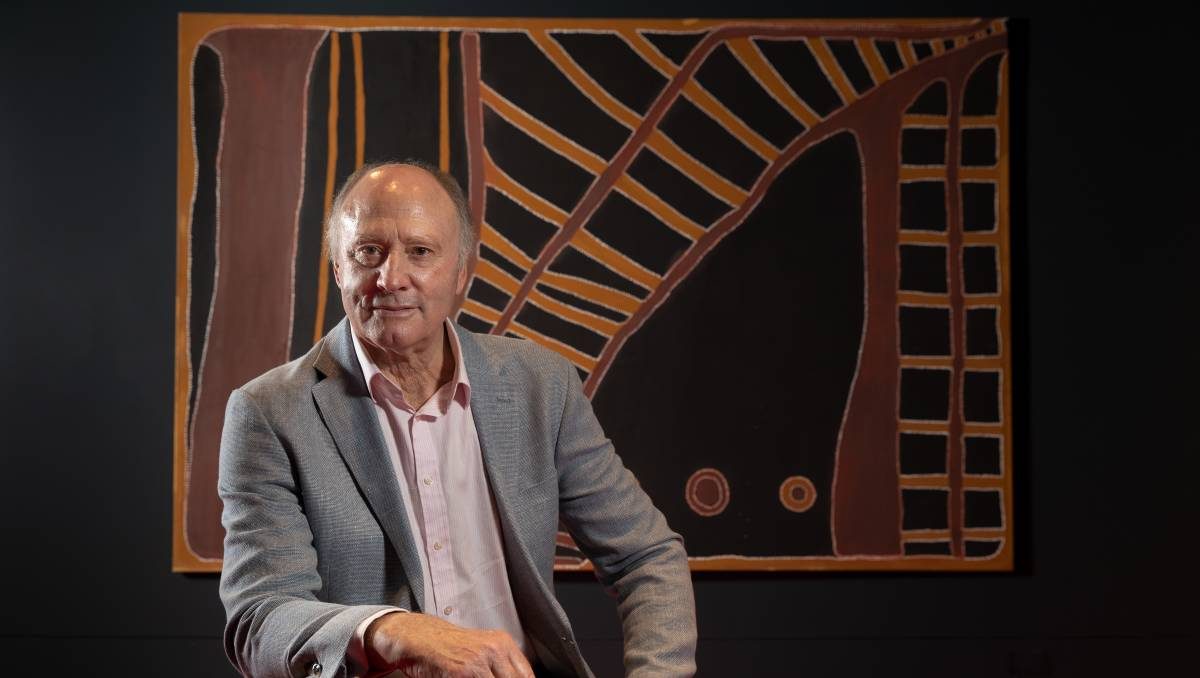
The National Museum of Australia in Canberra has acquired a major $1.2-million artwork, Jabanunga aka Goorialla (The Rainbow Serpent), by the iconic late Kimberley artist, Rover Thomas. The work joins three other Rover Thomas paintings in the National Museum’s National Historic Collection (NHC).
Rise to Notoriety
Rover Thomas (1926-1998) began painting in his early 50s. His rise to notoriety is a quick one. In fact, by 1990 (just nine years after he completed his first work) he represented Australia at the Venice Biennale.
The Jabanunga aka Goorialla (The Rainbow Serpent) depicts the Rainbow Serpent. It is penetrating the earth, following a subterranean journey to the sea; in the wake of Cyclone Tracy’s destruction of the northern capital, Darwin, in 1973. The artwork is a gift to the National Museum under the federal government’s Cultural Gifts Program. At the helm is Michael Blanche, Director of the Lauraine Diggins Fine Art Gallery in Victoria.
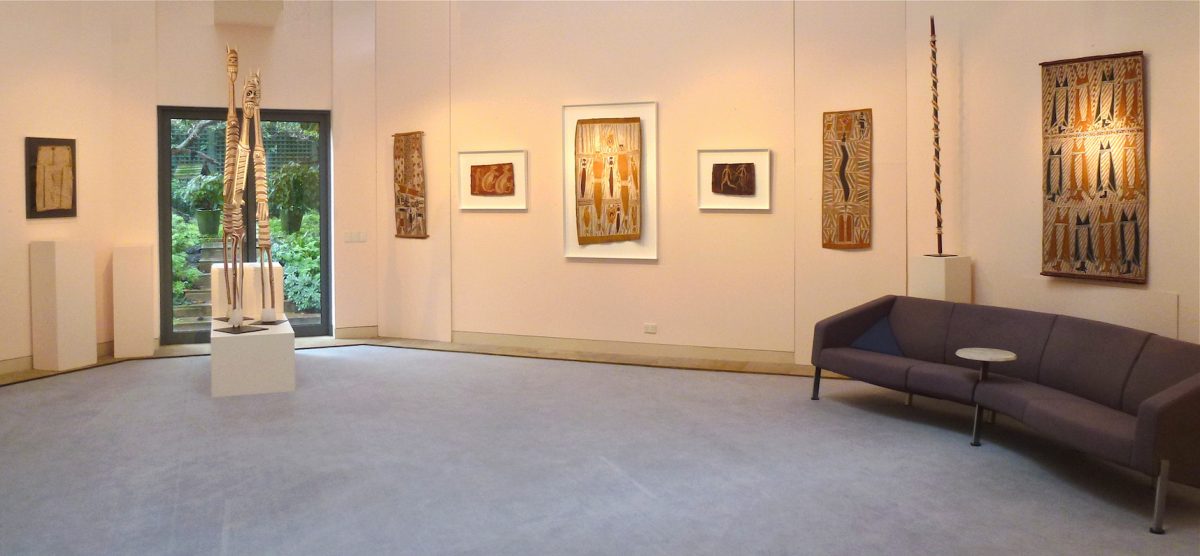
Diggins was an internationally respected art dealer and influential champion of Indigenous art. Her death in 2019 results in the establishment of the Lauraine Diggins Fine Art Gallery.
Michael Blanche expresses her commitment to the arts.
“During her lifetime Lauraine was determined to do whatever she could and use her considerable influence to ensure that many of the important art works created in Australia and overseas became part of the national estate,”
Blanche says.
National Museum Council chair the Hon Warwick Smith AO, expresses gratitude to Mr. Blanche for the generous gift in honour of his late wife. He says that future visitors to the Museum will deeply enjoy the painting.
“On behalf of the National Museum I’d like to express my enormous gratitude to Mr Blanche for the generous gift in honour of his late wife. I know that future visitors to the Museum will be entranced by this magnificent painting and the important cultural story that it depicts,” said Mr Smith.
Shared Histories
Jabanunga aka Goorialla (The Rainbow Serpent) was created at the fledgling Warmun community art centre in Western Australia. The monumental artwork is one of Rover Thomas’ most significant pieces.
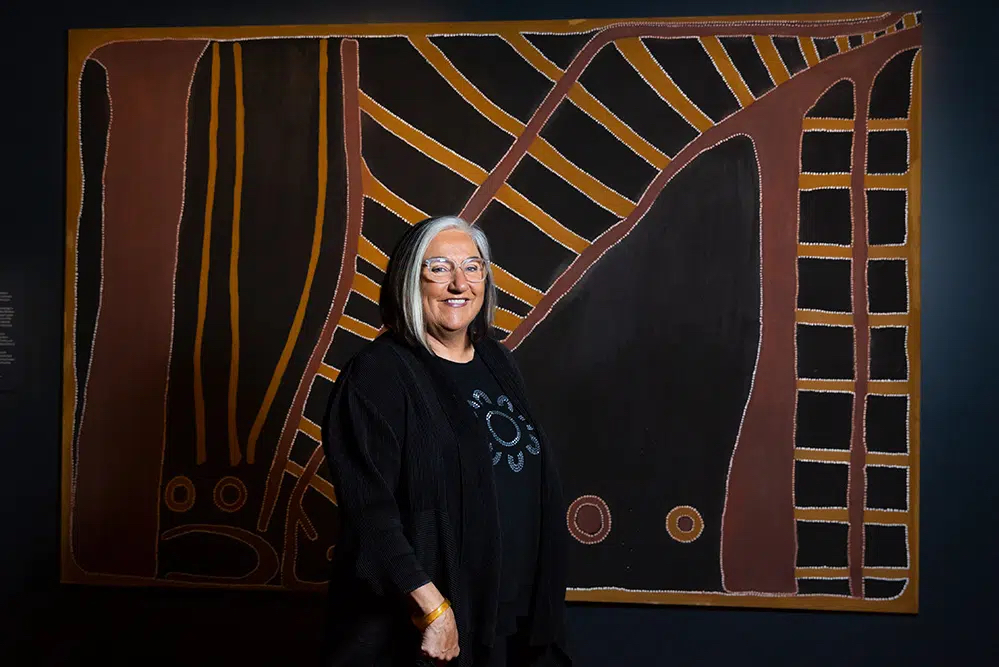
Margo Ngawa Neale (Head of the Museum’s Indigenous Knowledges Curatorial Centre) says that the painting is exemplary. Specifically, it speaks to the history which Indigenous and non-Indigenous Australians share. It draws on Jabanunga’s (the Rainbow Serpent’s) ancestral power, commenting on the natural and unnatural destructive forces of Cyclone Tracy and mining.
“This master work celebrates Indigenous knowledge, the contemporary relevance of ancestral stories, and furthers our understanding of the Dreaming as something continuous and ever present”
says Ms Neale.
Rover Thomas has a significant international reputation and is represented in other national and state public institutions across Australia including the National Gallery of Australia; the Art Gallery of WA; the National Gallery of Victoria; the Art Gallery of NSW; and the Art Gallery of South Australia.
An Ongoing Creation Story
The Jabanunga aka Goorialla (The Rainbow Serpent) is an ambitious painting in scale, meaning and technical execution.
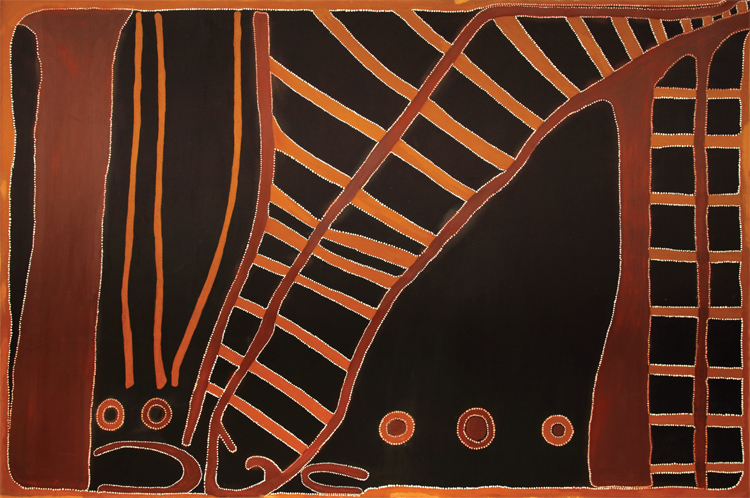
Thomas created the painting during two trips back to his homeland in 1995 and 1996, when he was inspired to create a final, brilliant body of work despite his poor health.
The masterful use of perspective alternates between aerial and front-on views, seamlessly blending abstract and figurative elements. The depiction of the Rainbow Serpent shows itself to be separate from the country. Somehow, both also morph into one. The execution reveals a contemporary episode in an ongoing creation story.
The circular patterns throughout the painting can be thought to represent topographic features in the Pilbara’s vast plains. Thomas identifies the painting’s location as the Opthalmia Ranges, west of Mount Newman in Western Australia’s Pilbara region.
This is Rover Thomas’s family’s land, which is now occupied by the massive Hope Downs mine. The Rainbow Serpent is believed to have first appeared in Lake Waukarlykarly (Lake Dora), north of Newman. He dives into the Fortescue River and travels to the ocean in this story.
Cultural Practices
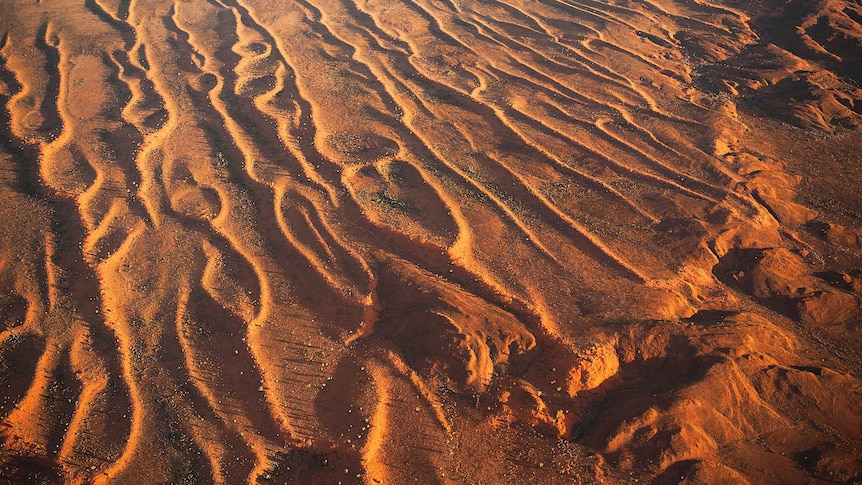
Rover Thomas was born in 1926 at Gunwaggi in Western Australia’s Great Sandy Desert. His Aboriginal name is Joolama, his mother’s name Kukatja, and his father’s, Wangkajunga. Thomas grows up speaking both Kukatja and Wangkajunga.
At ten years old, he goes to a jackaroo training camp. This is where Thomas receives traditional tribal law initiation. He spends years working as a stockman and fencer on cattle stations across the Kimberley. It’s a tough life. The work is physically demanding, and workers are paid in rations.
Station owners’ treatment of Indigenous workers is monstrous. However, ‘holiday time,’ is a welcome break – Indigenous workers could go camping, return to Country, and perform ceremonial rituals.
Due to this, cultural practices and languages remain intact. Following a ruling in the Court of Arbitration in the mid-1970s – equal pay for equal work – a large number of Indigenous workers are subject to displacement. This results in the eviction of Indigenous workers and their families from working cattle stations. It causes significant financial hardship and upheaval. In 1975, Rover Thomas marries a Gija woman. Shortly thereafter, the family relocates to Warmun – a small community on the banks of Turkey Creek in Western Australia.
A New Movement
When Rover Thomas began painting, he emerged as an artist of considerable talent. Thomas and his fellow Warmun artists painted on whatever surface they could find – cardboard, plywood, even loose boards still attached to buildings.
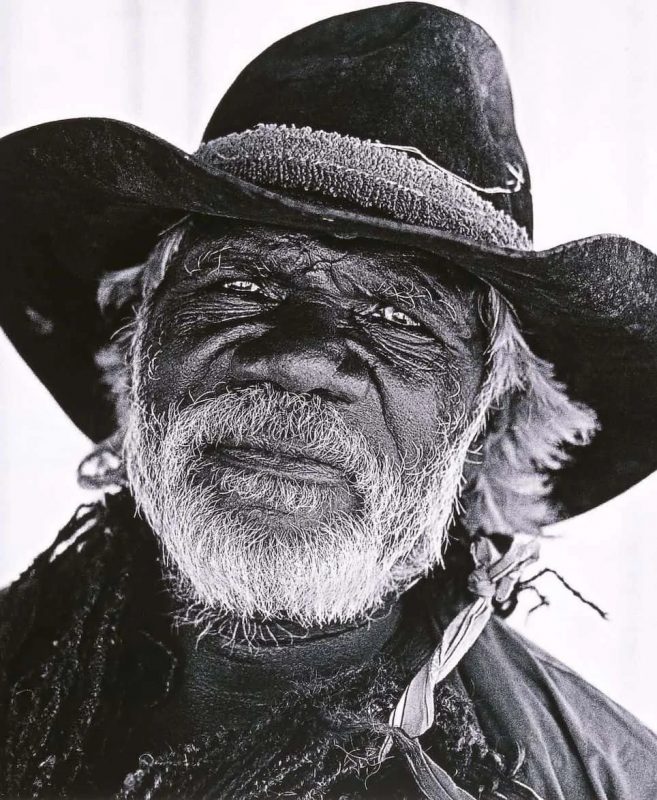
The surface formation is a product of a rubbing charcoal primer; then crushing ochre using a grinding stone. The compositions are delineated with sparse use of white ochre – a precious ceremonial clay – its main purpose is for body painting.
The ochres, combine with a natural fixative, often spinifex gum boiled into a paste. This results in a heavily textural surface. It is a style clearly distinct from the concurrent emergence of acrylic painting in the Central and Western deserts. By mentoring others in Warmun, Thomas and Jaminji go on to kick-start a painting movement…
The East Kimberley School of painting.
Minimalist Compositions
As his own painting style evolves, Thomas develops a characteristic aerial perspective; a method that is more common in Western and Central desert art. Over time, Thomas’ work adopts a style that is most similar to American artist, Mark Rothko.
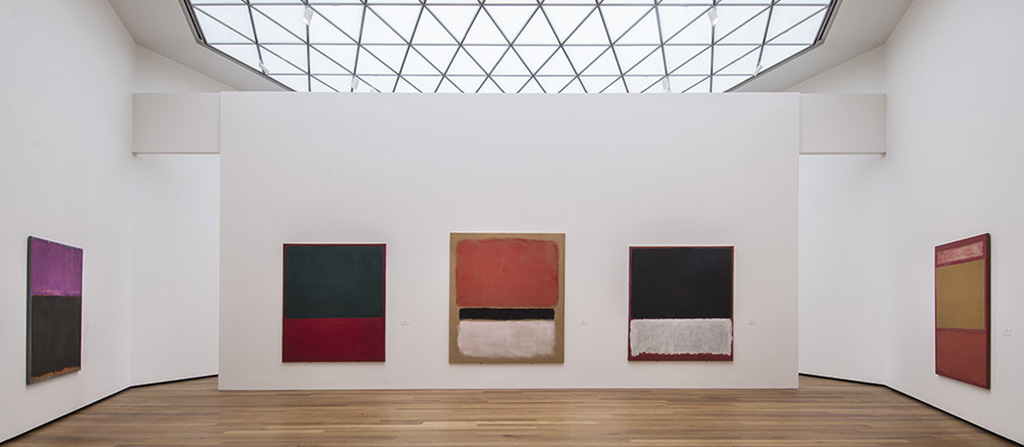
The work of international artists is new to Thomas until his trip to Venice. Upon seeing Rothko’s work for the first time at the National Gallery of Australia, Thomas famously says,
“that white fella paints like me.”
The comparison to Abstract Expressionism familiarised Thomas’ work to a broader audience in Australia with the minimalist compositions appealing to the Western aesthetic.
Rover Thomas, Warmun spiritual leader, is firmly set in our minds as one of the most successful Australian artists across the world.
Subscribe to FIB’s Weekly Breaking News Report for your weekly dose of music, fashion and pop culture news!






